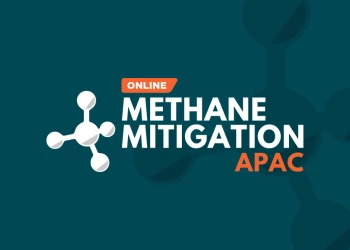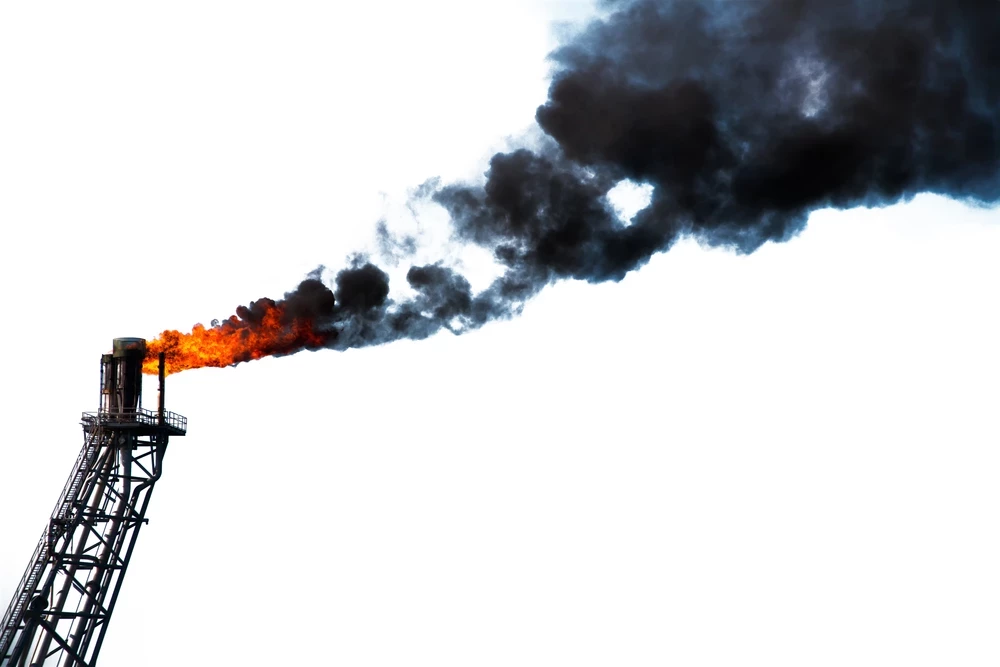The Guide To Unconventional Hydrocarbons (Part 1) - Coal-Bed Methane
Add bookmarkIn fact, a study by Grand View Research found that coal-bed methane (CBM) market is already making a significant contribution to stabilise the energy supply-demand gap in the coming years. And, since CBM is larger than the conventional natural gas resources, this will help drive the industry to become a multi billion dollar market in the next few years.
Coal-Bed Methane: what’s the big deal?
Coal-bed methane or coal seam gas (CSG) is a form of natural gas collected from coal seams. CBM is generated either from a biological process as a result of microbial action or from a thermal process as an outcome of increasing heat with depth of the coal. The process consists in saturating a coal seam with water, while the methane is held in the coal by the water’s pressure.
The US currently dominates the CBM market, natural gas from cola beds accounting for approximately 7 per cent of the country’s natural gas production.
Extraction
Since coal bed methane travels with ground water in coal seams, extraction of CBM involves using pumps to dewater the seam in order to depressurise it, which allows the methane to break free form the coal. As the amount of water in the coal decreases, gas production increases.
CBM has very low solubility in water and readily separates as pressure decreases, allowing it to be piped out of the well separately from the water. Water moving from the coal seam to the well bore encourages gas migration toward the well.
Exploration expenditure for coal bed methane is relatively low in mining terms, and the wells are cost-effective to drill as they are not excessively deep, making CBM a great option for countries where technological capabilities are not so advanced. Residual water from the dewatering process is usually stored in pools and evaporated off.
Growth Areas
According to Grand View Research, the US CBM production accounted for 61.8% of the total CBM produced globally in 2013. Canada follows in the global market, boasting 260 trillion cubic feet of CBM, mostly in the western province of Alberta, where the country’s only expressly-built coal-bed methane wells sit on top of 170 trillion cubic feet of exploitable methane.
However, China is aiming for CBM to fulfill 14 per cent of its domestic gas needs by 2030, outputting 12 billion cubic feet every day.
Indonesia, the world's largest coal exporter, has one of the largest coal bed methane reserves in the world, estimated at approximately 453 trillion cubic feet dotted about its vast archipelago.
In Queensland, Australia, the Surat and Bowen Basins hold an estimated 250 trillion cubic metres of CBM and the central Port of Gladstone is currently undergoing a £2.3 billion expansion to accommodate expected demands.
Concerns
The main concerns of CBM exploitation come from possible environmental impacts. The residual water produced as a result of coal seam dewatering is highly saline in content and could possibly be deleterious to the soil quality and vegetation in the immediate environs of a CBM project.
An example of this can be seen at the Chinchilla CBM development, 290 kilometres west of Brisbane in Queensland, Australia. High salinity has led to large scale degradation of the contiguous land and necessitated the building of a specialised water treatment plant to mitigate further problems.
Verdict: fastest growing energy market
It’s simple: as natural gas reserves run dry, companies will progressively turn to unconventional sources of fuel. Much has been heard of the shale gas revolution, but CBM stands to claim its fair share of financial rewards over the coming years. Clearly, if environmental concerns are properly dealt with, there is no reason why coal-bed methane gas will not be an empowering energy source for both developed and emerging economies for decades to come.





















